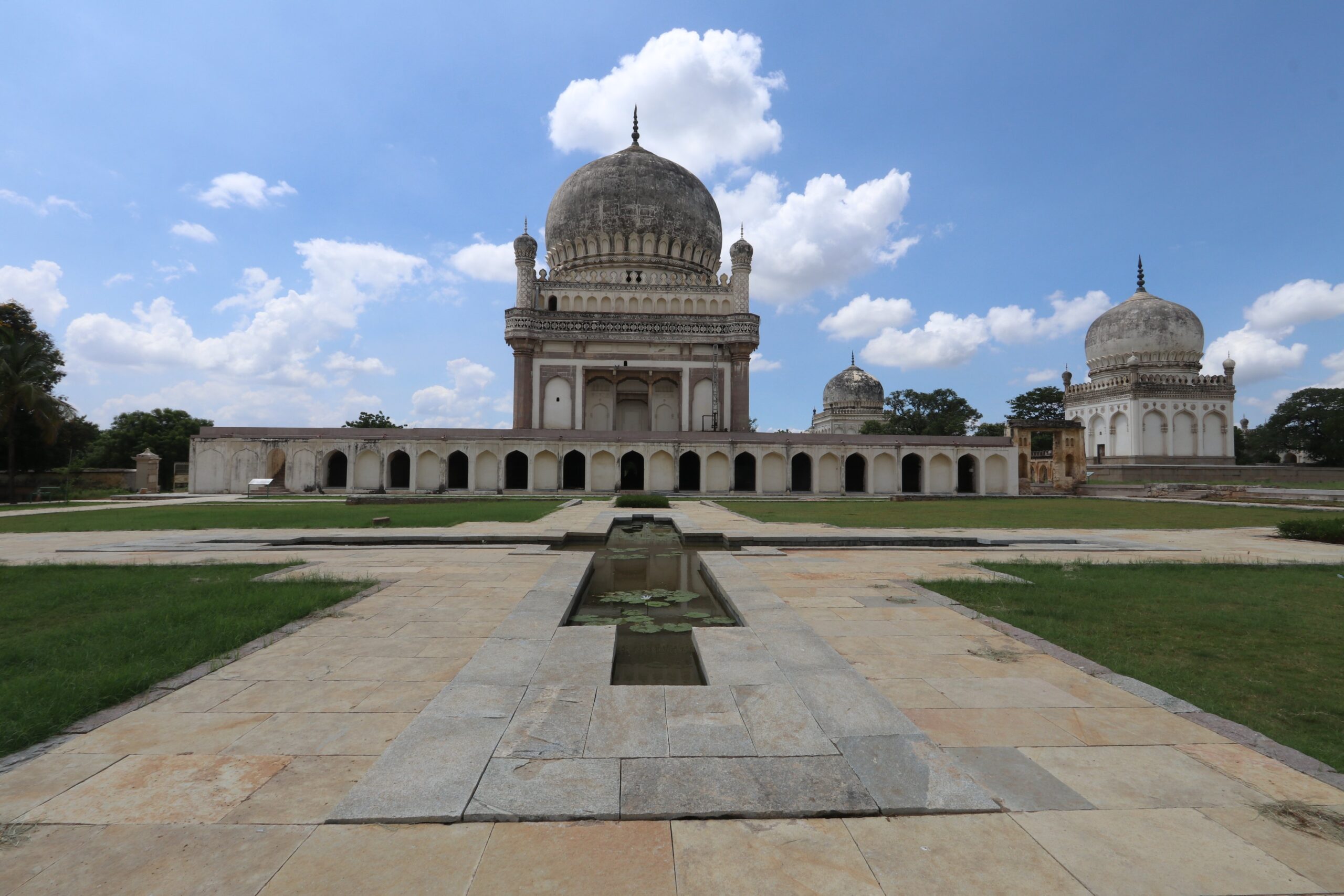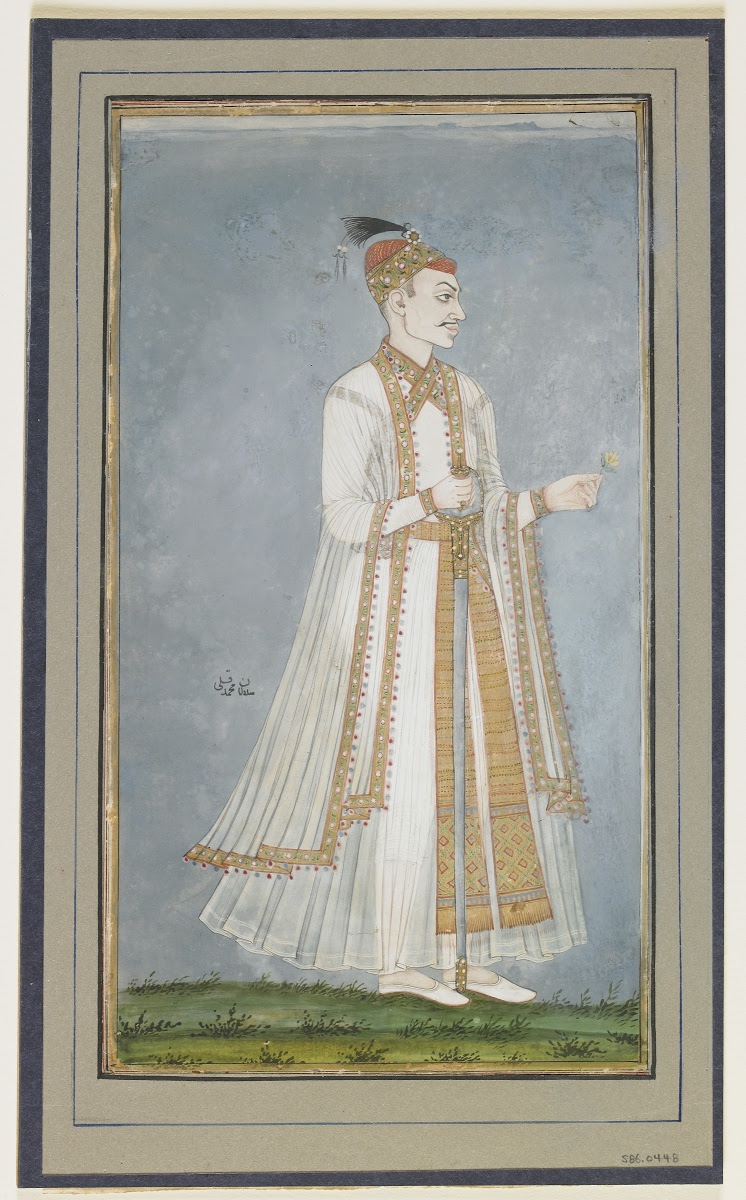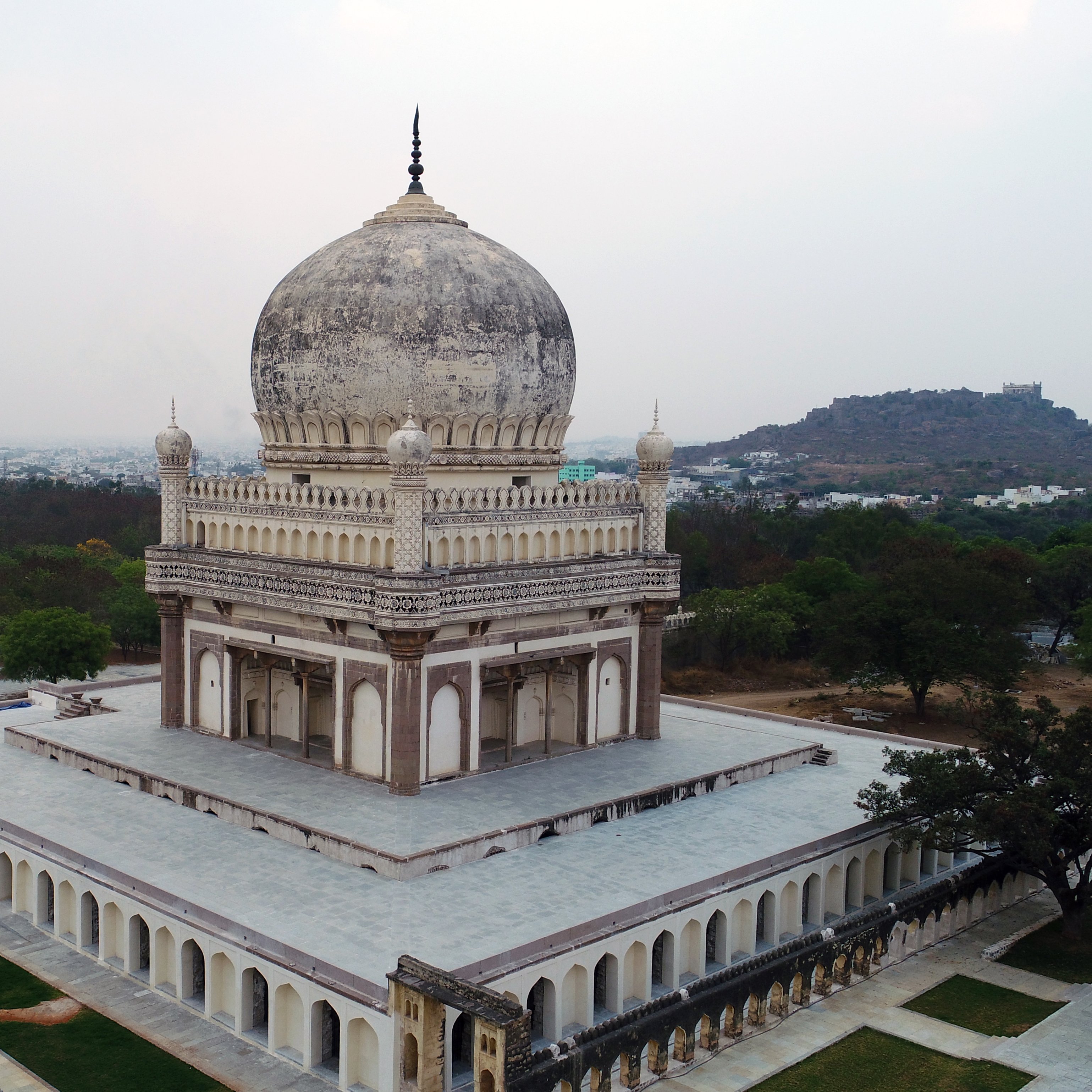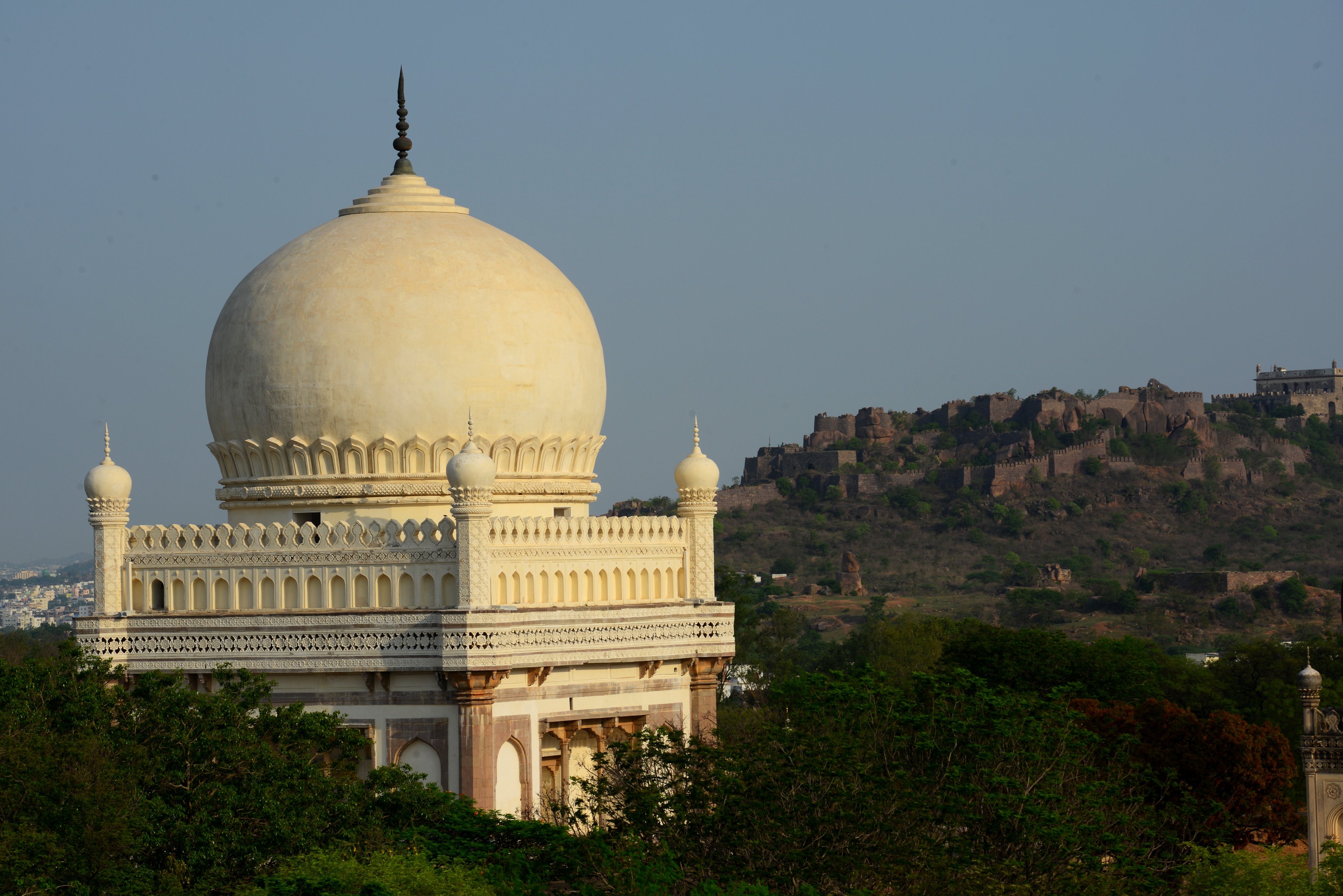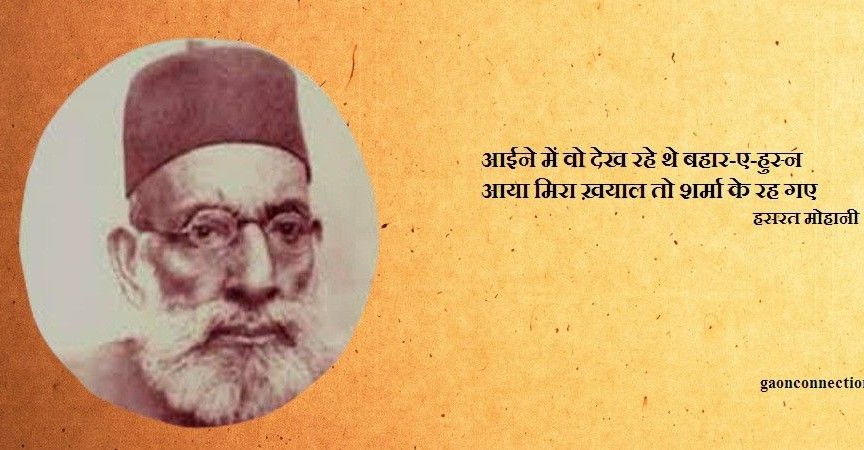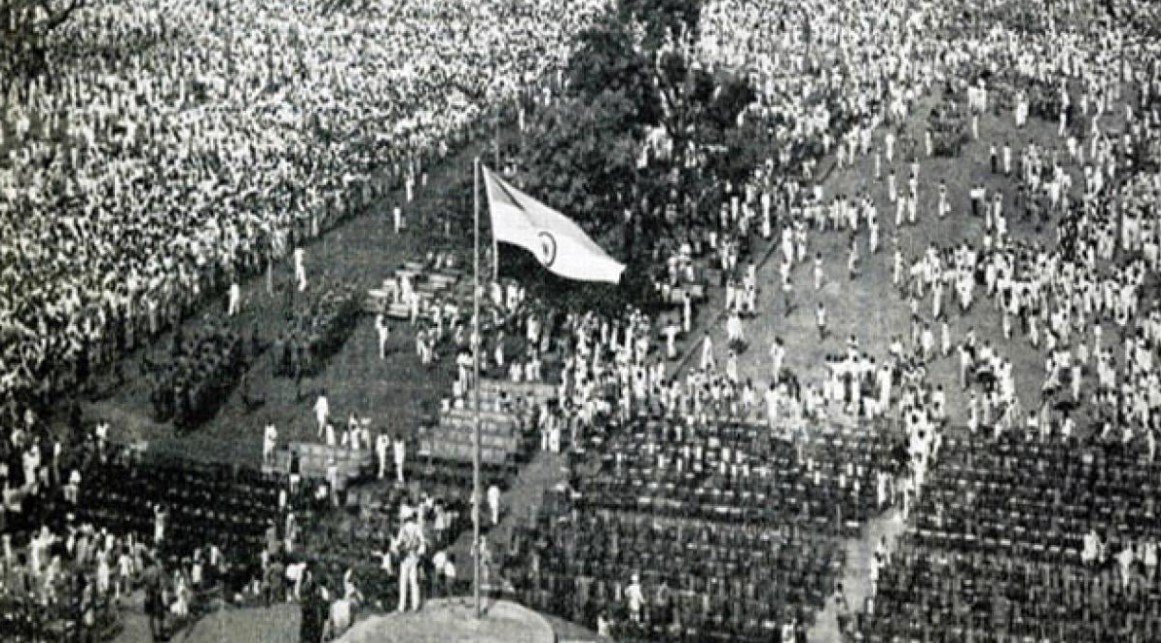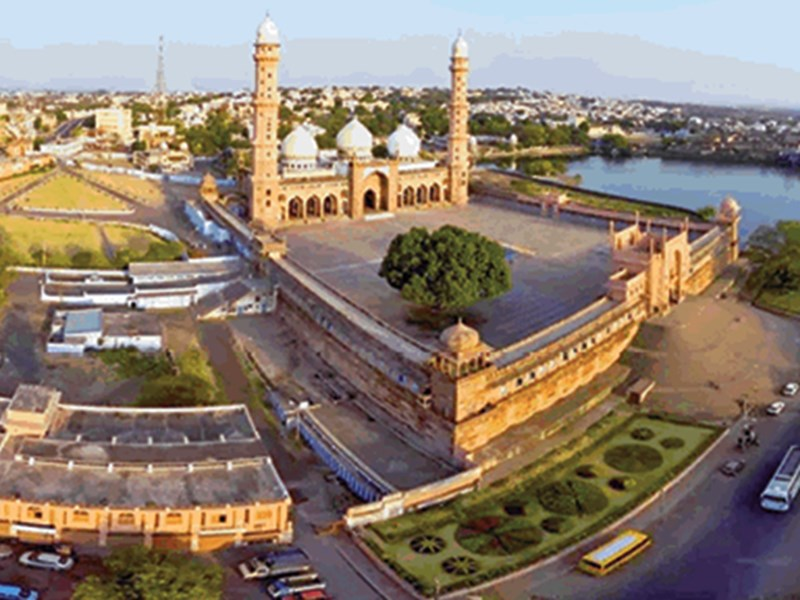Many Mughals and even Indian Muslim rulers played a vital role in shaping the country and turning it into a ‘sone ki chidiya’. One such ruler was Mohammed Quli Qutb Shah, the founder of the city of Hyderabad! He was a visionary ruler, a patron of the arts and architecture, and a prolific poet who wrote in multiple languages, including Deccani, Persian, and Telugu. This year his 458th birth anniversary is being celebrated.
Most of the world’s cities, especially great civilizations, revere their founders and make it a point to remember them. But our city appears to be an exception, given that in popular culture the metropolis is today known for pearls, and associated with the Nizams, who actually had nothing to do with Hyderabad’s foundation.
To right that wrong, or rather our forgetfulness, as grateful citizens of Hyderabad, we must remember our founder, Mohammed Quli Qutb Shah, who laid the foundation of our city in 1591. Born on April 4, 1566, he was the fourth king. Of the Golconda dynasty that existed from 1518 to 1687. It is only fitting that we remember him for his vision of building a new city that would eventually lead to four centuries of continuous history.
The Charminar, which was the first monument built to mark the new city of Hyderabad, is world famous today and still stands as an example of the grandeur that surrounded Hyderabad from its foundation. It may be noted that Mohammad Quli is more known for his association with the legend of his beloved Bhagmati.
Long before the construction of Hyderabad by Mohammed Quli Qutb Shah, it was his grandfather Sultan Quli who settled in Telangana after migrating from Hamadan (Iran) in the late 15th century. The Golconda Fort in Hyderabad was a walled city from where the first three Qutb Shahi kings ruled.
Golconda Fort has its origins in the 14th century when the king of Warangal Deva Raya (under the Kakatiya kingdom who ruled from Warangal) built a mud fort, which was later taken over by the Bahmani kingdom between (1358–75) I went. It was later developed into a full-fledged stronghold by Sultan Quli, who established the Qutb Shahi (or Golconda) Empire in 1518, when the last sovereign Bahmani emperor Mahmud Shah Bahmani died.
Prior to this, Sultan Quli was a commander and later governor of Tilang (Telangana) under the Bahmani kingdom (1347–1518), when it had its second capital at Bidar. Sultan Quli had risen to the rank of governor under the Bahmanis. At this time he was given the fort, which he began to develop into a walled city. It eventually came to be called Golconda Fort (a name derived from Gola-konda, or Shepherd’s Hill). Ibrahim Qutb Shah, the youngest son of Sultan Quli, was the third ruler of the Qutb Shahi Empire. Mohammed Quli was one of the youngest of Ibrahim with a wife named Bhagirathu. Muhammad Quli eventually became the fourth king in 1580 after his father’s death. The young emperor would decide to move out of Golconda Fort in 1591, for a variety of reasons, including lack of infrastructure or lack of space inside the fort.
Golconda Fort was historically famous for its diamond markets and trade. Diamonds were historically mined in the Andhra region (then under the Golconda Kingdom), and sold in the markets of the fort, and later in Hyderabad. The New City When Mohammed Quli Qutb Shah founded the city of Hyderabad in 1591, it was designed with grand buildings and fueled by global trade. The center of the city was undoubtedly the Charminar, which was built as the foundational monument. We know for a fact that apart from the Charminar and other monuments that were the minarets of the new city of Hyderabad (built after Muhammad Quli Qutb Shah decided to move out of the walled city of Golconda), the main area or the bazaars Attracted foreigners, merchants alike in the 16th and 17th centuries.


